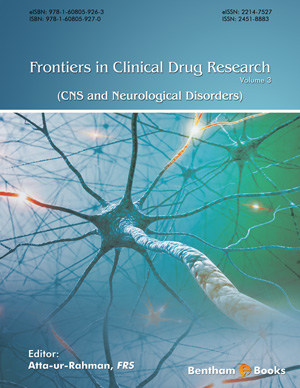Abstract
Tetrahydroprotoberberines (THPBs), active ingredients of a Chinese medicinal herb, are a series of compounds, mainly comprised of l-stepholidine (l-SPD), l-tetrahydropalmatine (l-THP), and tetrahydroberberine (THB). These compounds have been reported to target at dopamine (DA) receptors in both the nigrostriatal and mesocorticolimbic dopaminergic (DAergic) pathways, and may have a role in modulation of DA-associated diseases [1]. Recent studies have shown that the THPBs slow down the progression of neuronal degeneration in the substantia nigra compacta (SNc) of Parkinson disease (PD) patients and animal models of PD, while coadministration of THPBs and levodopa significantly reduces the motor symptoms of PD patients. Our recent new findings indicate that targeting at ATP-sensitive K+ (KATP) channels in SNc DA neurons can be a novel mechanism underlying THPBs’ neuroprotective effects. Therefore, THPBs might exhibit novel therapeutic potential for treatment of PD.
Keywords: Dopamine neuron, hydrogen peroxide, KATP channel, neuroprotection, Parkinson’s disease, substantia nigra, tetrahydroprotoberberine.






















